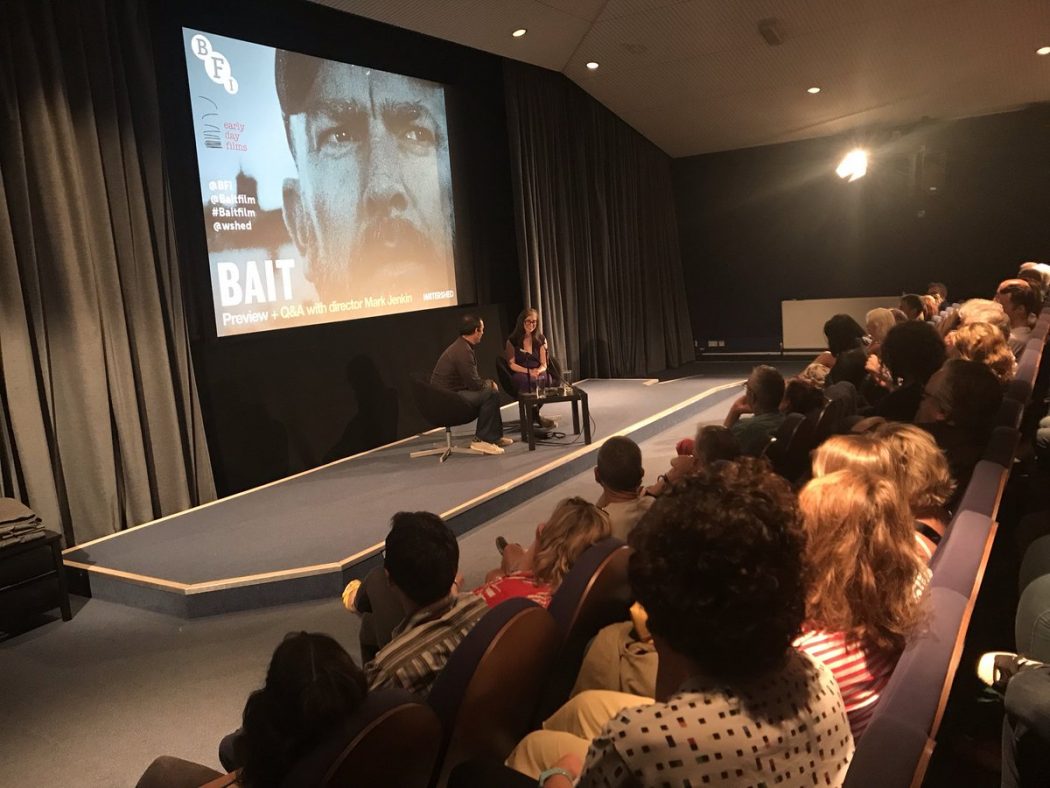Below are Mark’s comments from the first day’s opening keynote panel.
I have always lived beyond the multiplex and it is encouraging to see the research suggesting that more people might want to migrate here.
With the impact of COVID, we are seeing films being consumed in ever-increasing volume online and the exponential growth of streaming platforms. People used to talk about digital disruption, but COVID is the true disruptor. Digital was just the B-feature.
Sector reliance
This past year has demonstrated how reliant the exhibition sector has become on the pre-packaged multi-million dollar marketed tent pole release and the exclusivity of the theatrical window.
This period has also shown that the film supply chain can quite easily pivot to streaming platforms to reach consumers and their money. Don’t get me wrong, I do think that mainstream theatrical exhibition will continue to exist and is a key part of the film exhibition ecology, but the balance of power has definitely shifted.
Film is the most democratic of artforms: everyone understands and (on the whole) is not threatened by the prospect of a trip to the cinema but that democracy and art form – in the modern era – is defined by the commercial mainstream.
Cultural diversity
In my various talks to students, I show them the range of cinema contexts; from commercial mainstream multiplex to commercial independent to pop ups and microplexes. The most common personal experience for them is of course the multiplex. However, it is important – particularly for cultural diversity – that there is a range of exhibition context for film to exist within.
I have spent my professional life in the independent sector, in chronological order at Plymouth Arts Centre, Cornerhouse Manchester and Watershed in Bristol. What also connects these venues is the placing film and cinema in relationship with the other art forms and within a wider cultural context. What I have realised, even more keenly as we come up to the anniversary of Watershed’s forced closure, is that we are in a different film business than the multiplex.
Yes, we have budgets to hit and we think through the commercial prospects of any given film but who amongst us would you have said that a 16mm black and white, academy ratio film about Cornish fisherman (Bait) would have played for 12 weeks at Watershed and been our 2nd highest grossing film after Parasite?!
Rather we are interested in and deal with film as a cultural artifact with a rich and ever increasing back catalogue that can connect meaningfully with audiences.
At Watershed and other peer cinemas, we are in the business of culture whereas the commercial mainstream is in the culture of business. Our economic models and the dynamics of engaging the public are fundamentally different.
12 Years a Slave: A Context to Slavery at Watershed (2014)
It is important to say that you could just watch the film, but if you wanted to you could also talk to someone about what you had just seen. We also ran a series of talks ranging from the legacy of slavery in the city to archaeological insights into the structure of plantations.
During the run of the film, a young black woman came to one of the screenings and informal discussions and said how grateful she was to be able to discuss the impact of the film on her. She said she had been to see it the week before at a local multiplex, but when she came out she simply wanted to share and talk about what she had experienced. However your average multiplex is not interested in that experience or that conversation. They are only interested in the film to the extent that it drives footfall through the building, and that is their purpose which they do exceptionally well.
Cultural centres
Independent cinemas are more often than not place-based and not replicable. i.e. they cannot, like multiplexes, be industrialised. However, they play an important part in bringing a diverse cultural life to their local communities. Immediate examples from around the South West is the work that Lorena Pino is doing in Trowbridge, The Phoenix in Exeter and The Rex in Wareham.
When I was asked last year for a title for this keynote, I felt quite apprehensive about what I wanted to talk about particularly the words: culture and curation. That professional apprehension says everything about the pressures of the commercial mainstream, but I was pleasantly encouraged and emboldened by Martin Scorsese’s recent piece in Harper’s Bazaar. Here’s a couple of quotes that resonated:
“We can’t depend on the movie business, such as it is, to take care of cinema. In the movie business, which is now the mass visual entertainment business, the emphasis is always on the word “business,” and value is always determined by the amount of money to be made from any given property—in that sense, everything from Sunrise to La Strada to 2001 is now pretty much wrung dry and ready for the “Art Film” swim lane on a streaming platform.”
“Curating isn’t undemocratic or “elitist,” a term that is now used so often that it’s become meaningless. It’s an act of generosity—you’re sharing what you love and what has inspired you. (The best streaming platforms, such as the Criterion Channel and MUBI and traditional outlets such as TCM, are based on curating—they’re actually curated.) Algorithms, by definition, are based on calculations that treat the viewer as a consumer and nothing else.”
My summary then is this: that beyond the multiplex, film can be taken seriously as a cultural form and we need to champion and support more vigorously how it can connect with the real lived experiences of our communities.
Join the Beyond the Multiplex discussion here and find out more at www.beyondthemultiplex.net
Main image: Tara Judah in conversation with Mark Jenkins after a screening of Bait at Watershed. Image courtesy of @MaddyProbst






